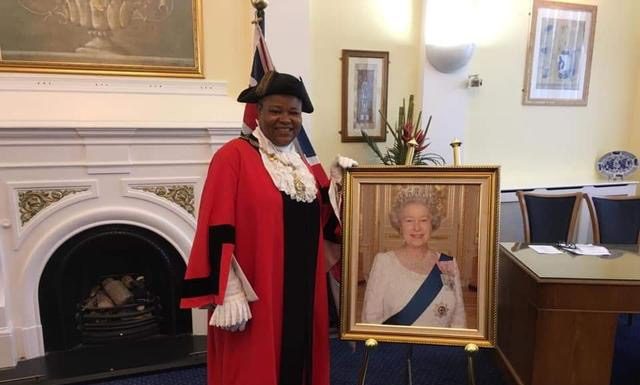When Egyptian archaeologists opened an ancient sarcophagus dating back 2,000 years, they found three skeletons and a lot of red, liquid sewage, the country’s antiquities ministry said Thursday.
Discovered earlier this month, the mysterious tomb — believed to be the largest uncovered in Alexandria, according to the antiquities ministry — has sparked international speculation about its contents.
“The sarcophagus has been opened, but we have not been hit by a curse,” Mustafa Waziri of Egypt’s Ministry of Antiquities said, according to Egypt Today.
Officials believe the three skeletons were likely military officials, the ministry wrote in a Facebook post. They also think one skull was possibly struck by an arrow, while the sewage is believed to have leaked in, the ministry added.
The massive tomb was found more than 15 feet below the ground, and archaeologists believe it had not been opened since originally being sealed, due to a layer of mortar between the lid and body, the Ministry of Antiquities said.
The skeletons will be taken to a museum in Alexandria to further study how they died and what era they were from, the ministry said. None of the skeletons appear to be remains of Ptolemaic or Roman royal family members, and the tombs do not have inscriptions or royal markings, Waziri said, according to Egypt Today.
When the sarcophagus was first discovered along with an alabaster head believed to belong to the owner of the tomb, the antiquities ministry said it dated back to Ptolemaic period, which began around 323 B.C. — the year Alexander the Great died, according to National Geographic. His tomb has never been found, the magazine reported.
Shortly after being unearthed, British news outlets speculated about the tomb’s contents and a possible ancient curse, citing a string of deaths after the opening of Tutankhamun’s tomb in the early 1900s.
“Opening ancient tombs can be risky business, or so history tells us,” The Sun wrote this month. “It’s popular belief that a ‘curse of the pharaohs’ is cast on anyone who disturbs the mummy of an Ancient Egyptian person.”
British outlet The Independent, among others, pushed a theory that the tomb could contain the remains of Alexander the Great.
“I’ve had calls about this all day,” Waziri told The New York Times earlier this month. “People are saying it might contain Alexander or Cleopatra or Ramses. They don’t know what they are talking about.”
Waziri said earlier this week the tomb likely belonged to a priest, Egypt Today reported.















